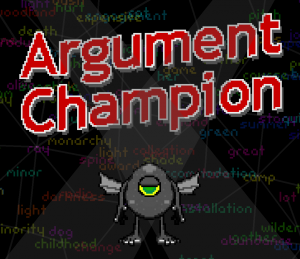Just in time for Christmas, the New York Times has started an interesting ArtsBeat Blog called GAME THEORY. It is interesting that this multi-authored blog is in the “Arts Beat” area as opposed to under the Technology tab where most of the game stories are. Game Theory seems to want to take a broader view of games and culture as the second post on Caring About Make-Believe Body Counts illustrates. This post starts by addressing the other blog columnists (as if this were a dialogue) and then starts with Wayne LaPierre’s speech about how to deal with the Connecticut school killings that blames, among other things, violent games. The column then looks at the discourse around violence in games including voices within the gaming industry that were critical of ultraviolence.
Those familiar with games who debate the medium’s violence now commonly assume that games may have become too violent. But they don’t assume that games should be free of violence. That is because of fake violence’s relationship with interactivity, which is a defining element of video games.
Stephen Totilo ends the column with his list of the best games of 2012 which includes Super Hexagon, Letterpress, Journey, Dys4ia, and Professor Layton and the Miracle Mask.
As I mentioned above, the blog column has a dialogical side with authors addressing each other. It also brings culture and game culture together which reminds me of McLuhan who argued that games reflect society providing a form of catharsis. This column promises to theorize culture through the lens of games rather than just theorize games.
 I am part of a team putting together a International Conference on Japan Game Studies. We are organizing this with the Prince Takamado Japan Centre at the University of Alberta and the Ritsumeikan Center for Game Studies in Kyoto. The deadline for proposals is in two weeks. We are looking for papers on:
I am part of a team putting together a International Conference on Japan Game Studies. We are organizing this with the Prince Takamado Japan Centre at the University of Alberta and the Ritsumeikan Center for Game Studies in Kyoto. The deadline for proposals is in two weeks. We are looking for papers on:

